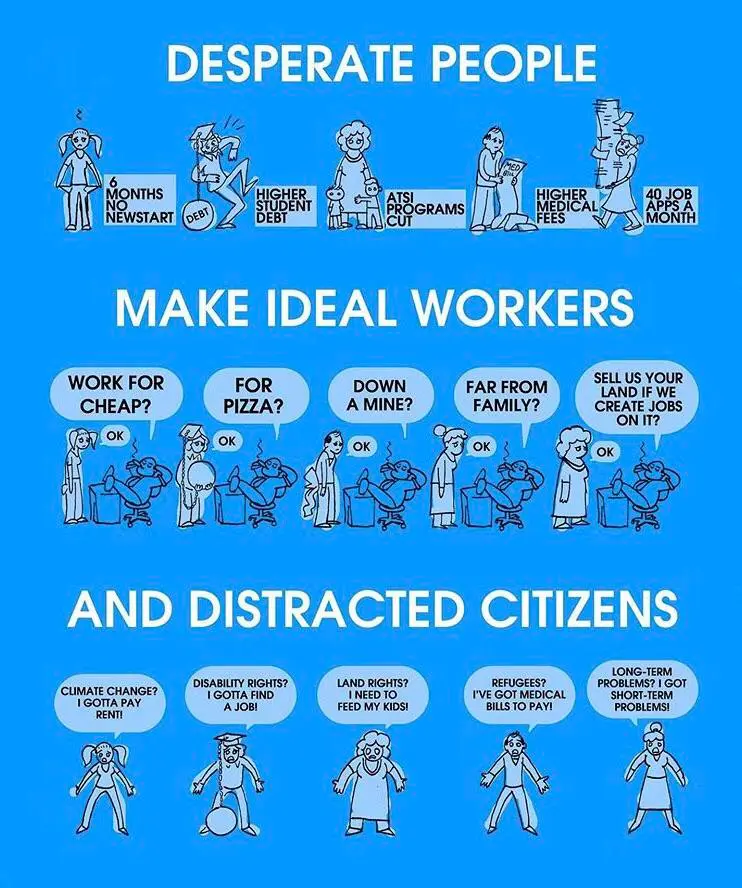

oh shit. super bad guy. glad i never installed a fucking client. fuck everything about this.


oh shit. super bad guy. glad i never installed a fucking client. fuck everything about this.


i don’t trust it because it is very big on the design meaning to be “censorship resistant” and there are certain kinds of posts that people make that probably should be censored, and while i like that some tools exist to make pseudononymous, censorship-resistant communications possible (tor and i2p are good. freenet is fine imho), this one looks like a grift that has a neon sign saying “censorship resistant”… and i am sure that associating with those people will lead to encountering some of that material that probably should be censored.


since soybeans can be fed directly to animals, there is no need to make soy meal first. they are placed in an oil press, and the byproduct of pressing them for oil is soy meal. these are bare facts.


7%, is feeding of entire soybeans
right. which is what i said.


it’s not a majority of the revenue. it’s about half of the revenue from beans that are pressed for oil, but there are other uses.


most people get at least some of their food for free, subsidized, or through farming, gardening, or hunting. this study only accounted for foods taht people buy. it’s misleading to claim this represents accurately how much people spend on food.


your five-year-old study might seem to be relevant on the surface, but you will find that the data sources for, for instance, biodiesel prices date to 1999. it is not ph.d. level research. i would expect something of this caliber from a rigorous high school.


so why include the misleading one?


your seven-year-old research about soy markets is outdated. while the oil has always been worth far more than its weight in the bean, it is now around 50/50, even though beans are only about 20% oil.


i’m so glad you found the OWID link. do you see how the chart shows the vast majority of what is fed to animals is called “soy meal” or “soy cake”? that’s the byproduct of pressing soybeans for oil. they literally eat our industrial waste. down at the bottom of the chart you can see the 7% that is fed directly to animals


the oxford study doesn’t account for people who don’t pay money for food, grow their own, hunt, fish, raise livestock, or even have it subsidized. basically, it doesn’t account for poor people anywhere in the developed world. you are jumping to conclusions to say that it is cheaper for anyone but the wealthiest people.


almost all soy, including what is grown in the region formerly occupied by the amazon, is pressed for oil for human use, only about 7% of it is fed directly to animals. after processing the soy forhuman use, the waste product is what is given to animals, and cows get only a fraction of the soy. most of the soy fed to animals goes to poultry and swine.
the problem is strategic voting in a fptp system. if voters would vote their values (assuming their values are anti-genocide), then it wouldn’t matter.